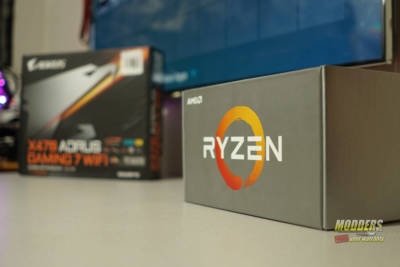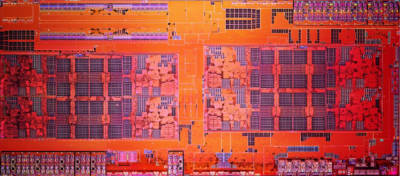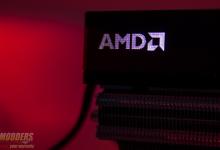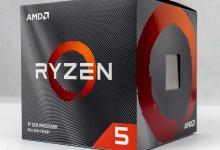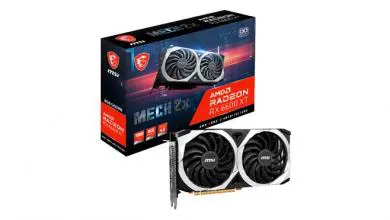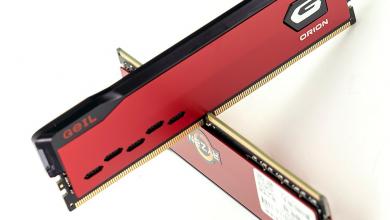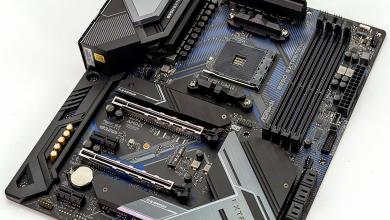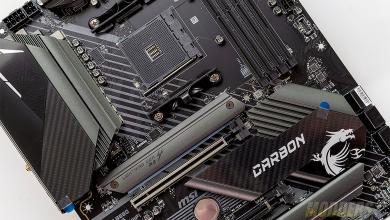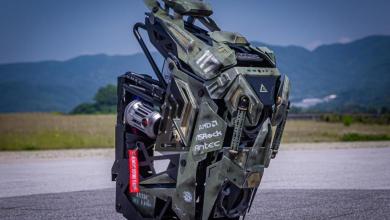Last March, AMD released their long awaited Ryzen line of processors, and the new AM4 socket and X370 chipset. Like any launch of a new architecture, it had its issues. However, overall it was a vast improvement over their previous Piledriver architecture. With the second generation of Ryzen processors based on AMDs 12 nm Zen+ architecture, the hope is they’ve worked out all the bugs such as overclocking issues and memory compatibility. Now, with over a year to work out the bugs, AMD has released their second generation of Ryzen processors, with their X470 chipset to go along with the new chips. In classic AMD fashion, they have kept the AM4 socket for this generation. In this review, we’ll be taking a look at both the R7 2700 and the R5 2600, both the non X variant. The big question is, did AMD continue to improve with their latest generation of Ryzen processors? We’ll try to answer that question the best we can and provide some evidence to back up our claim. So, let’s see how these two processors did against the competition, and each other.
Specifications
Ryzen 7 2700
- # of CPU Cores
- 8
- # of Threads
- 16
- Base Clock
- 2GHz
- Max Boost Clock
- 1GHz
- Total L1 Cache
- 768KB
- Total L2 Cache
- 4MB
- Total L3 Cache
- 16MB
- Unlocked
- Yes
- CMOS
- 12nm FinFET
- Package
- AM4
- PCI Express Version
- PCIe 3.0 x16
- Thermal Solution
- Wraith Spire with RGB LED
- Default TDP / TDP
- 65W
- Max Temps
- 95°C
System Memory
- Max System Memory Speed
- 2933MHz
- System Memory Type
- DDR4
- Memory Channels
- 2
Ryzen 5 2600
# of CPU Cores- 6
- # of Threads
- 12
- Base Clock
- 4GHz
- Max Boost Clock
- 9GHz
- Total L1 Cache
- 576KB
- Total L2 Cache
- 3MB
- Total L3 Cache
- 16MB
- Unlocked
- Yes
- CMOS
- 12nm FinFET
- Package
- AM4
- PCI Express Version
- PCIe 3.0 x16
- Thermal Solution
- Wraith Stealth
- Default TDP / TDP
- 65W
- Max Temps
- 95°C
System Memory
- Max System Memory Speed
- 2933MHz
- System Memory Type
- DDR4
- Memory Channels
- 2
